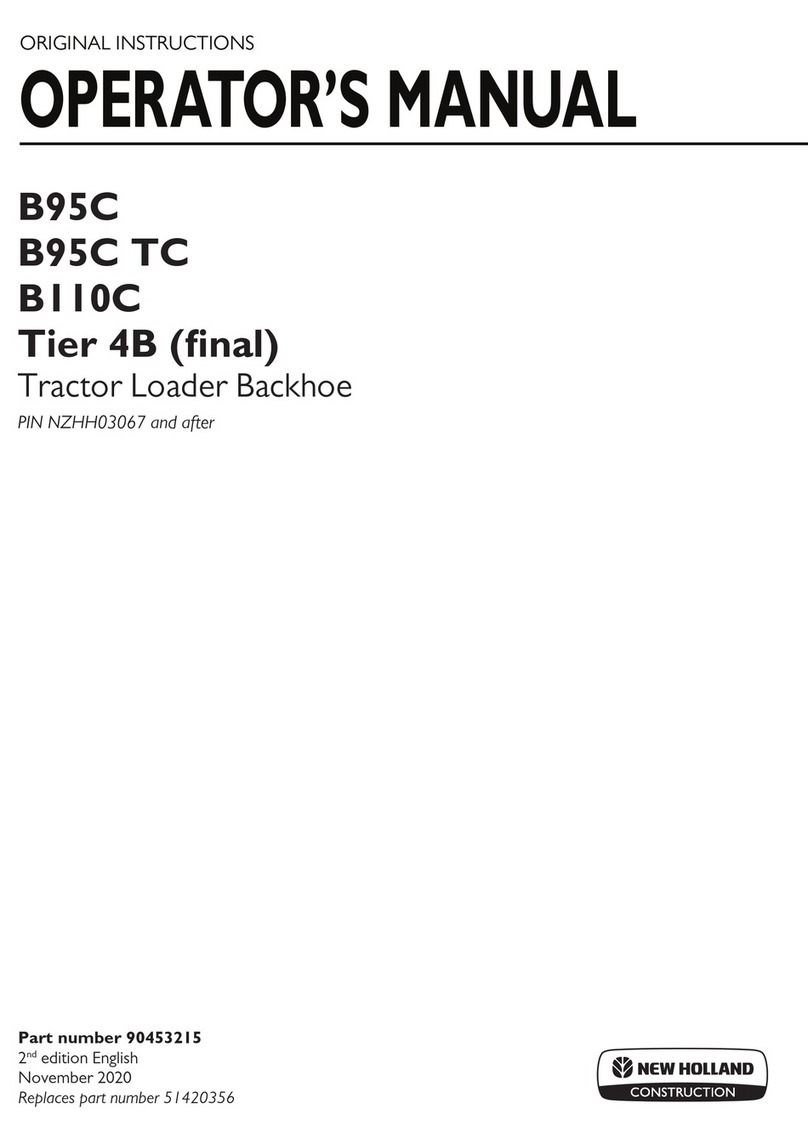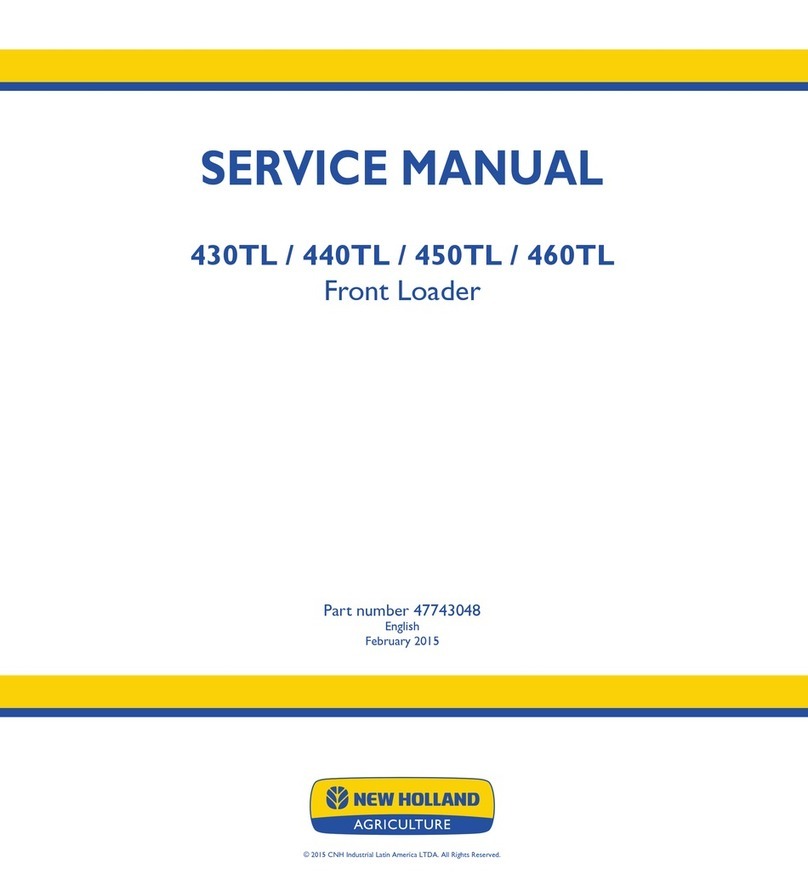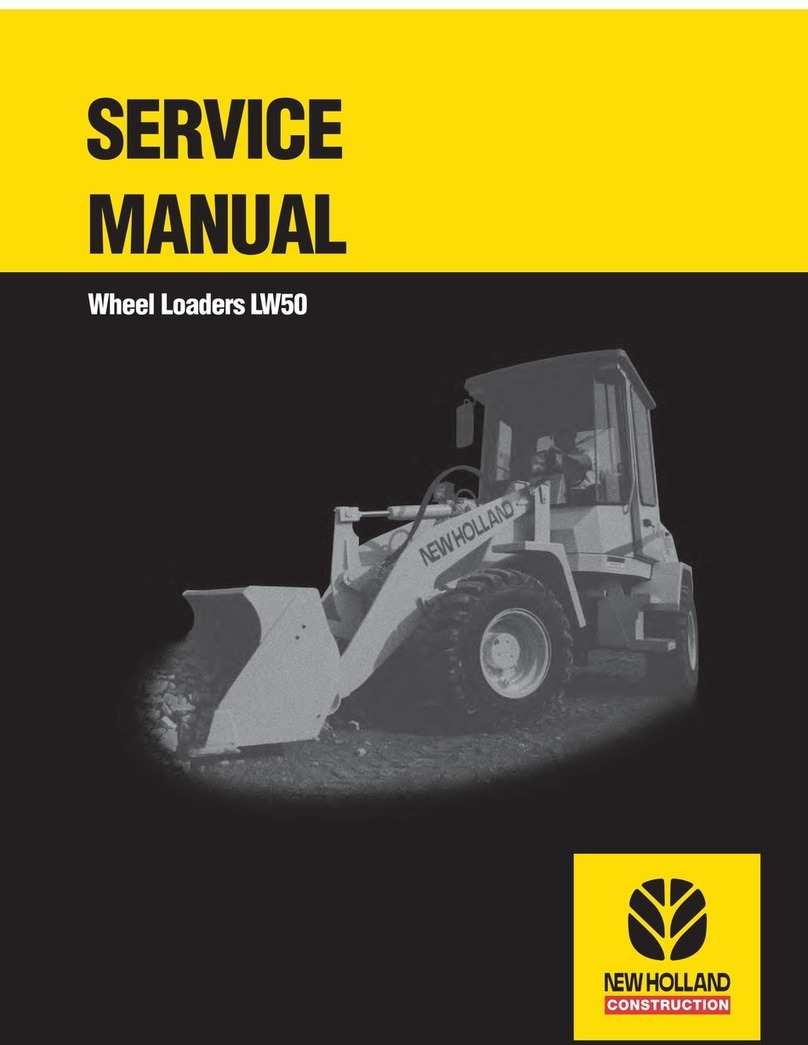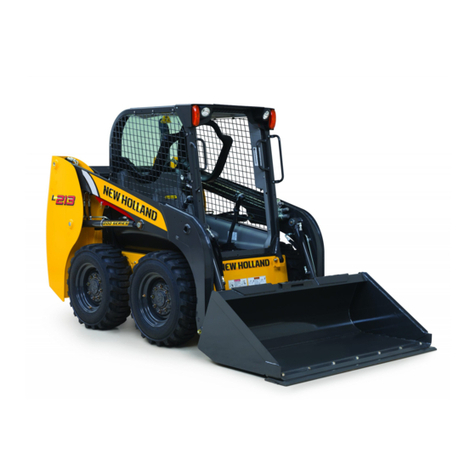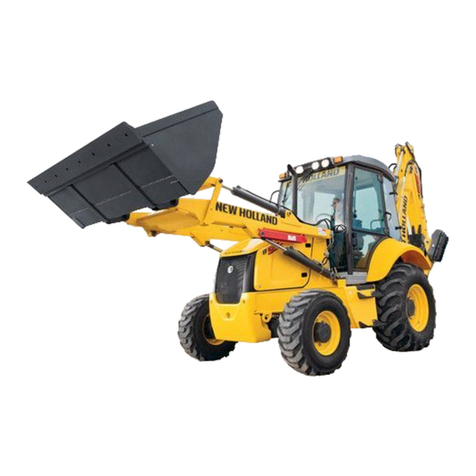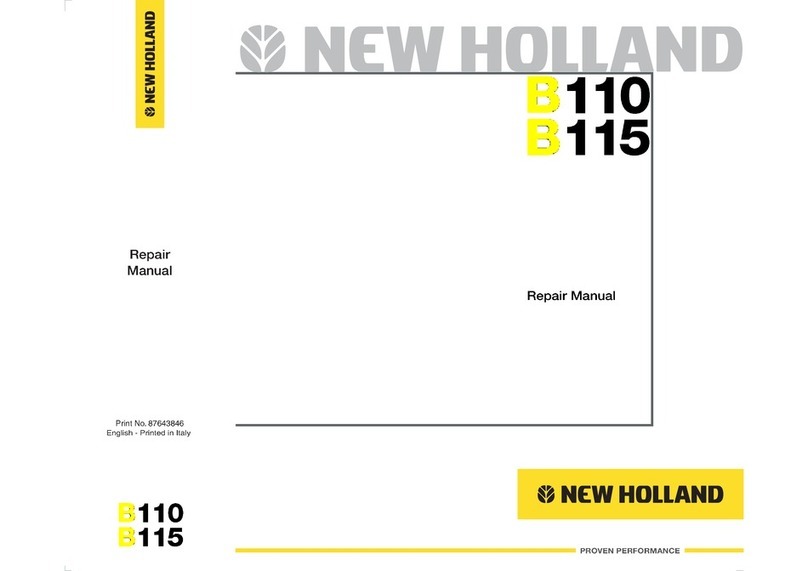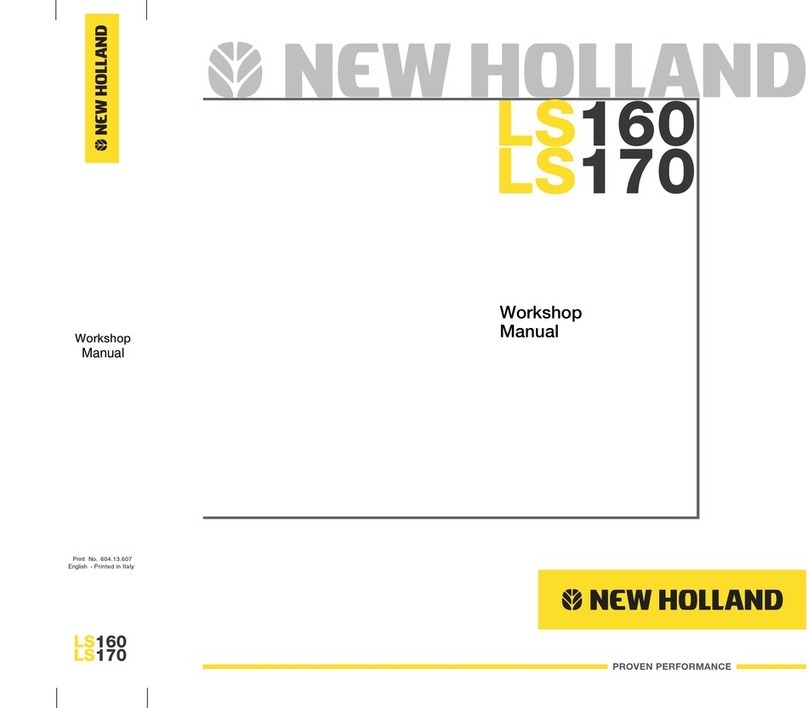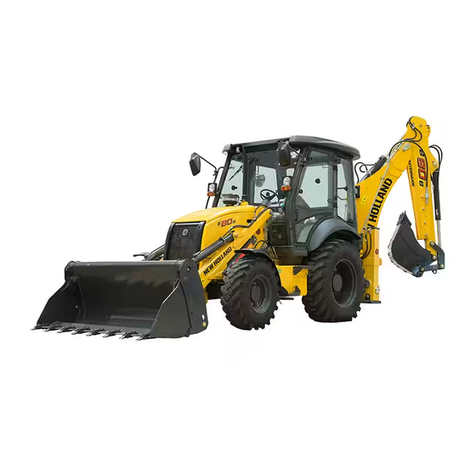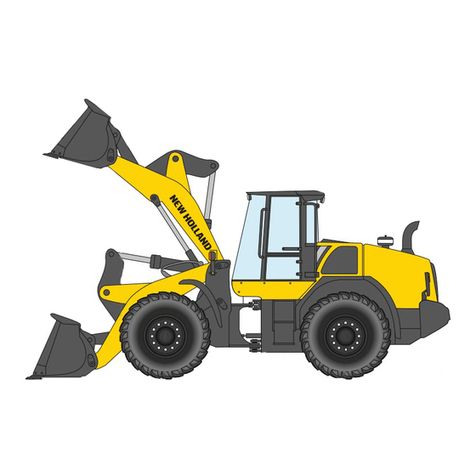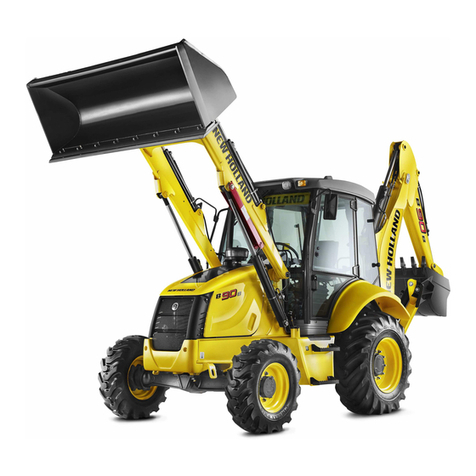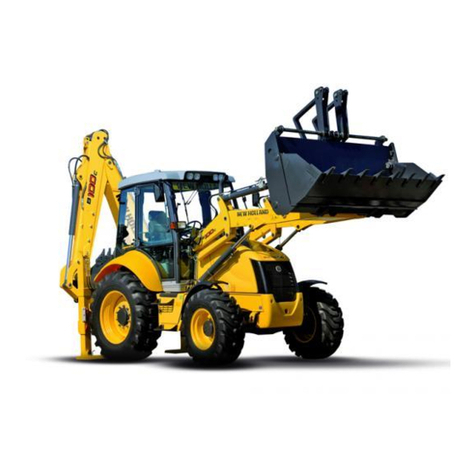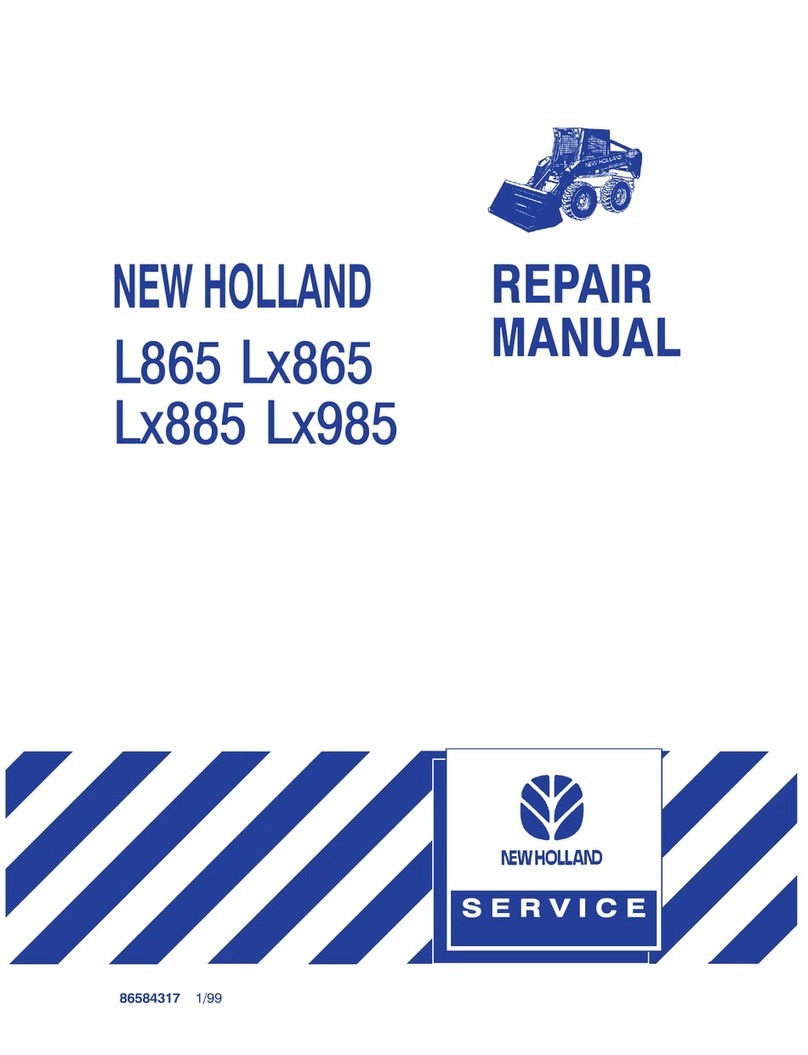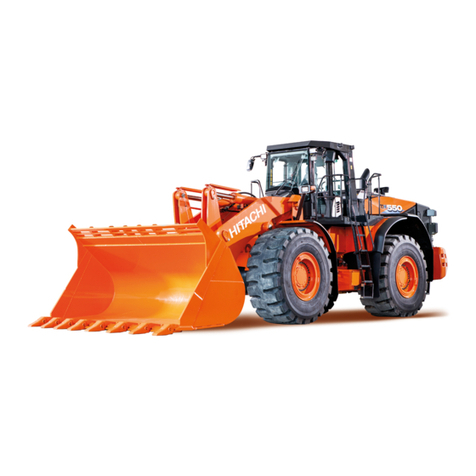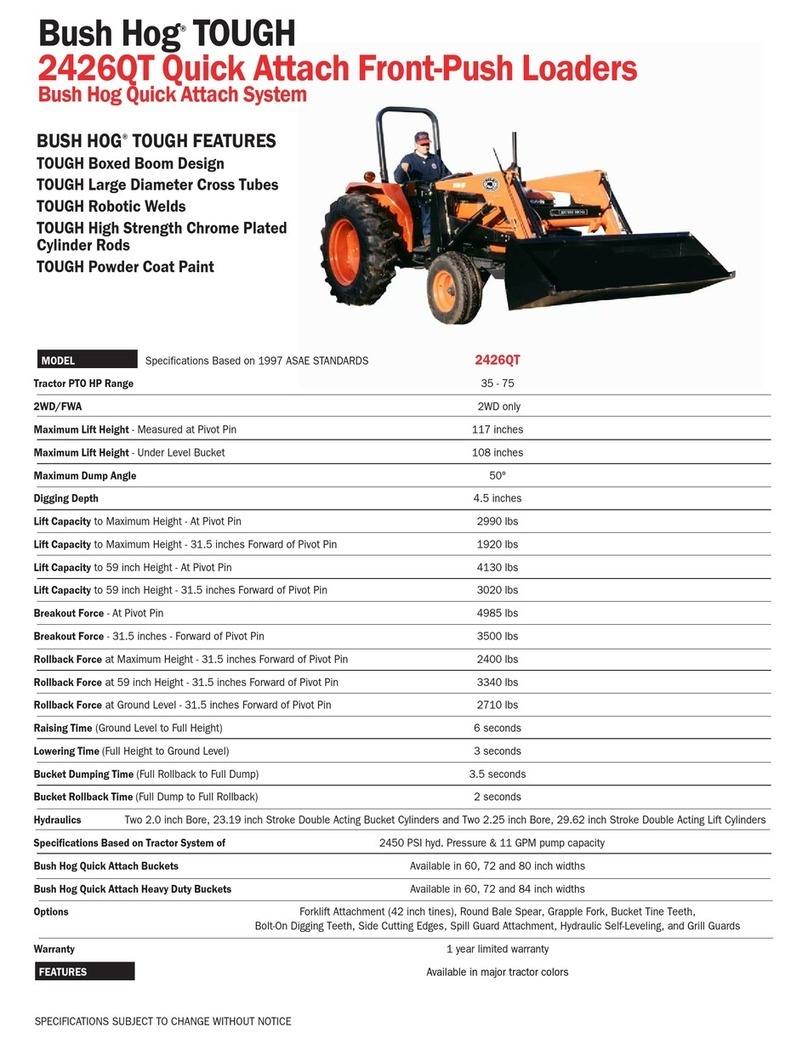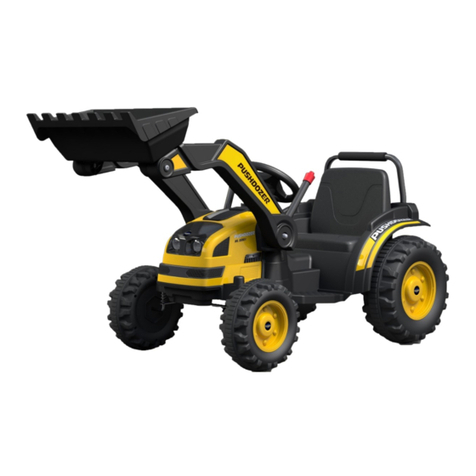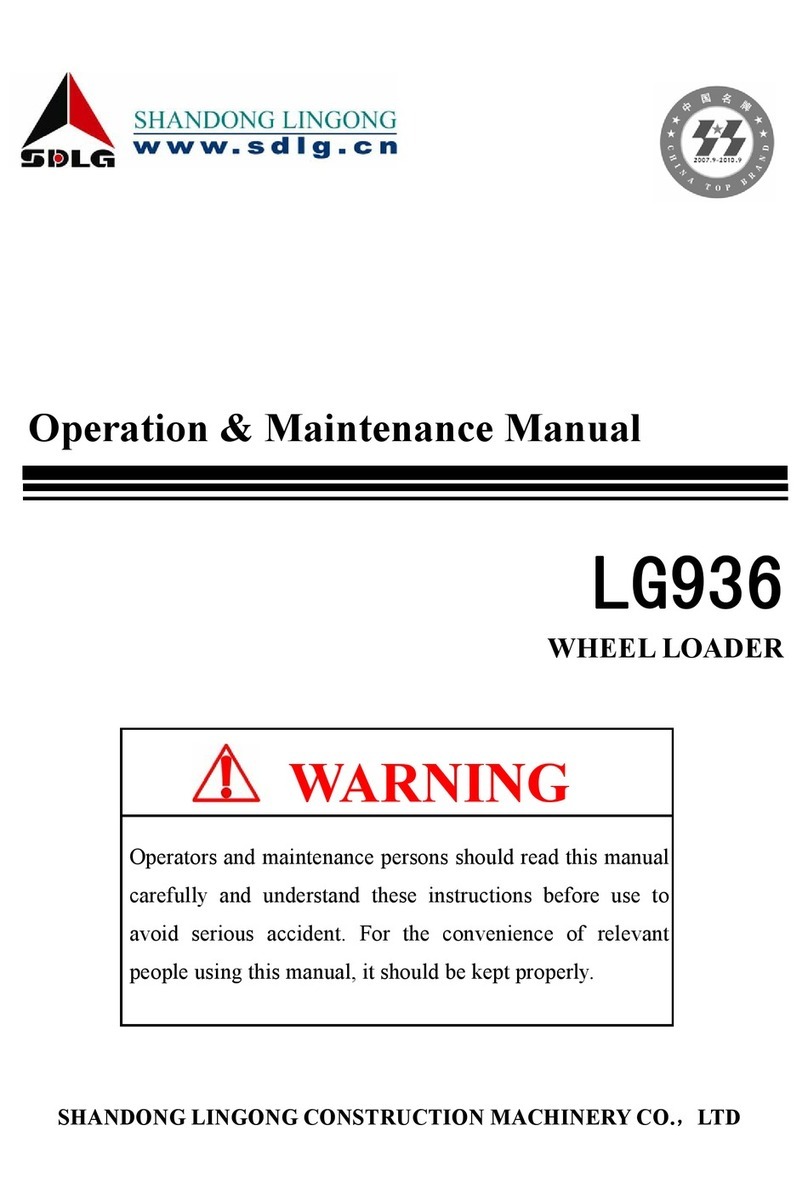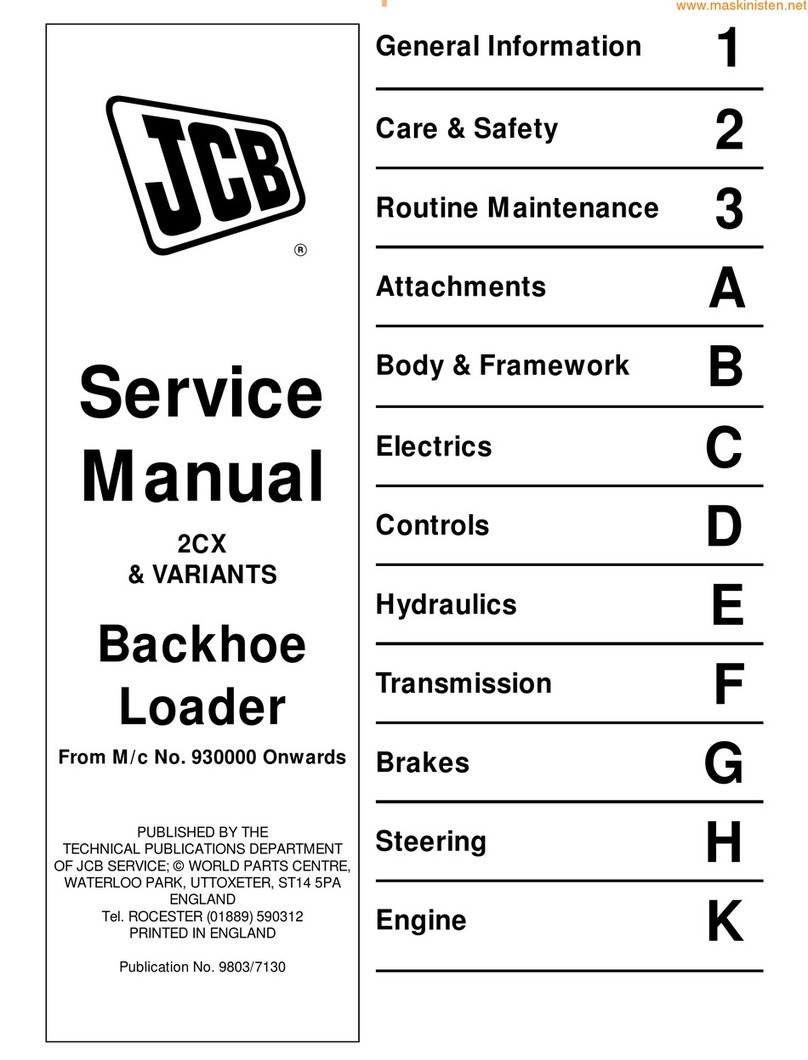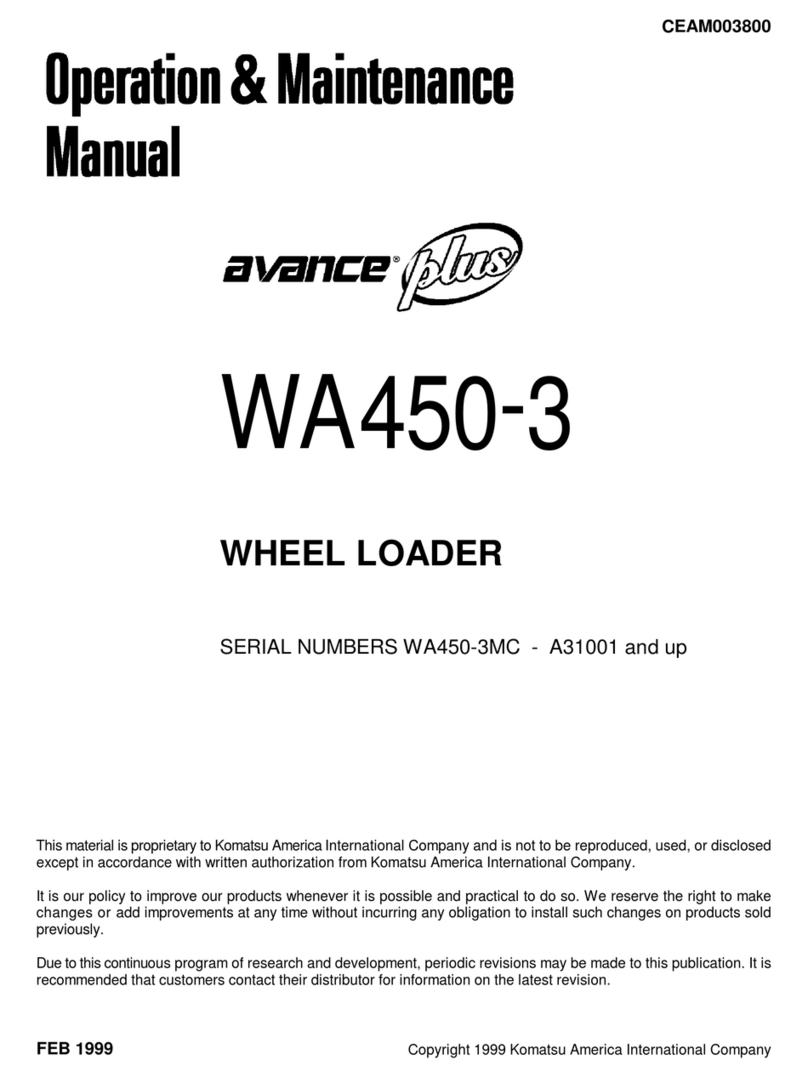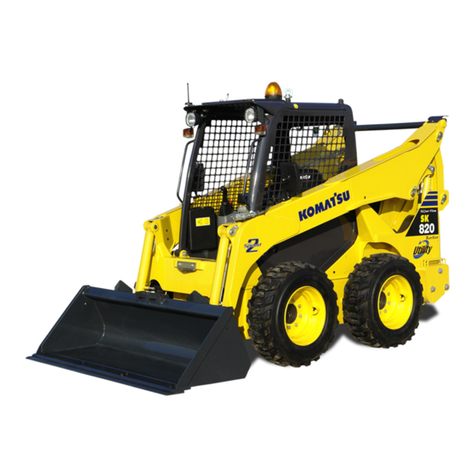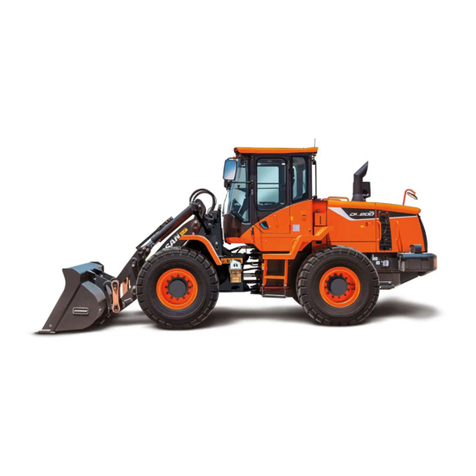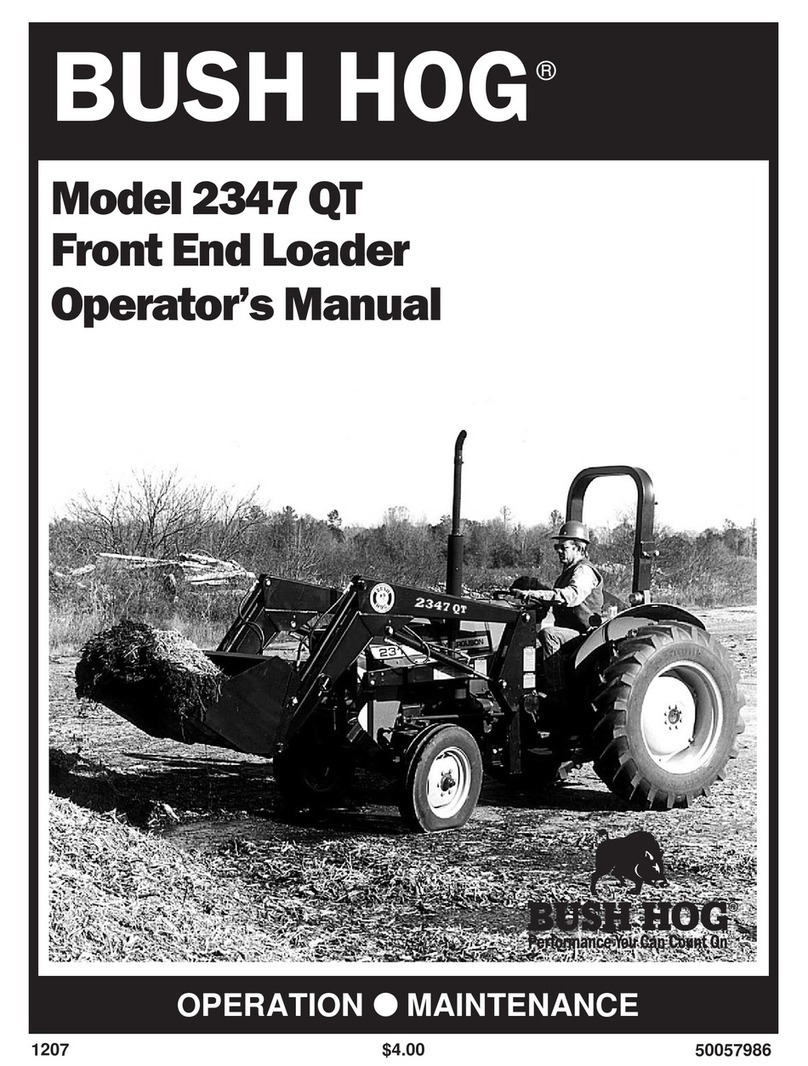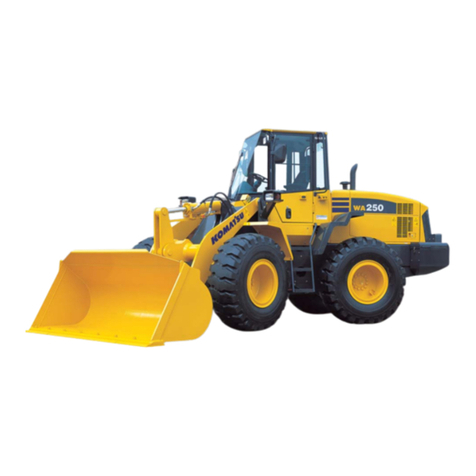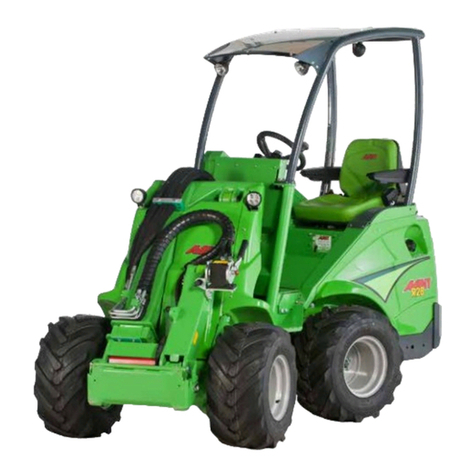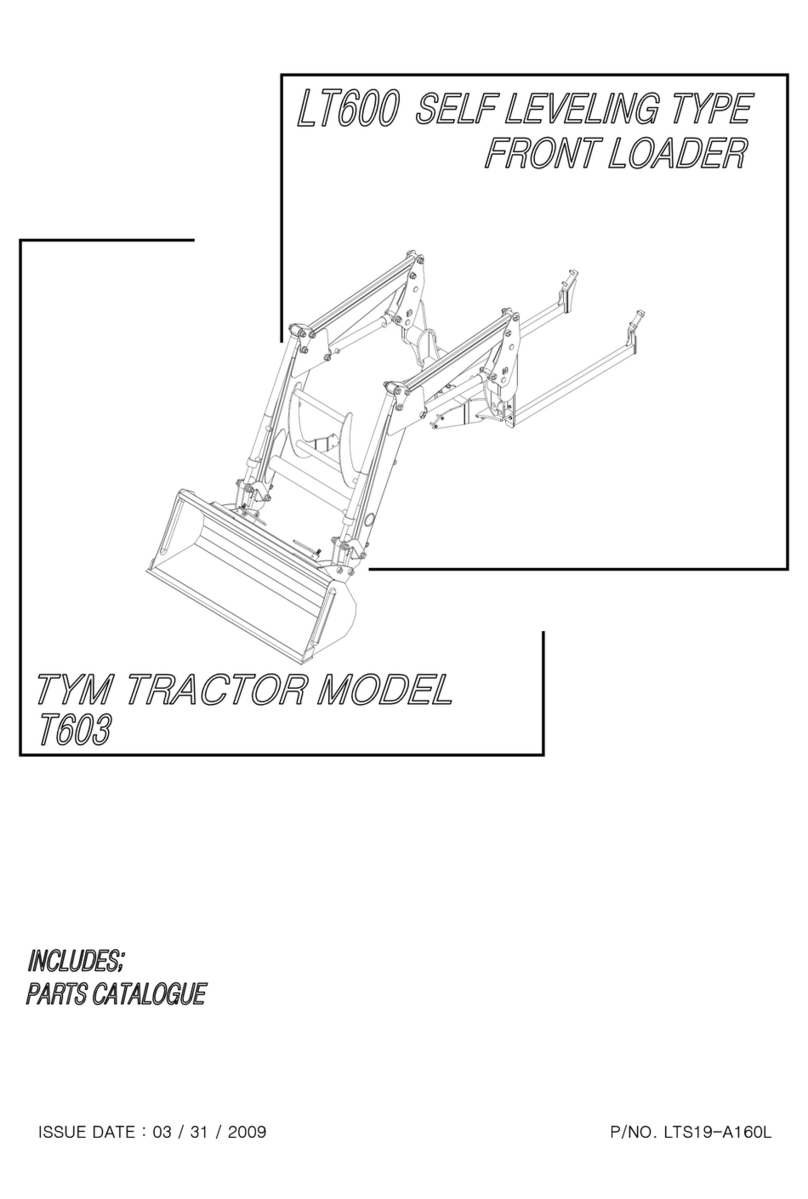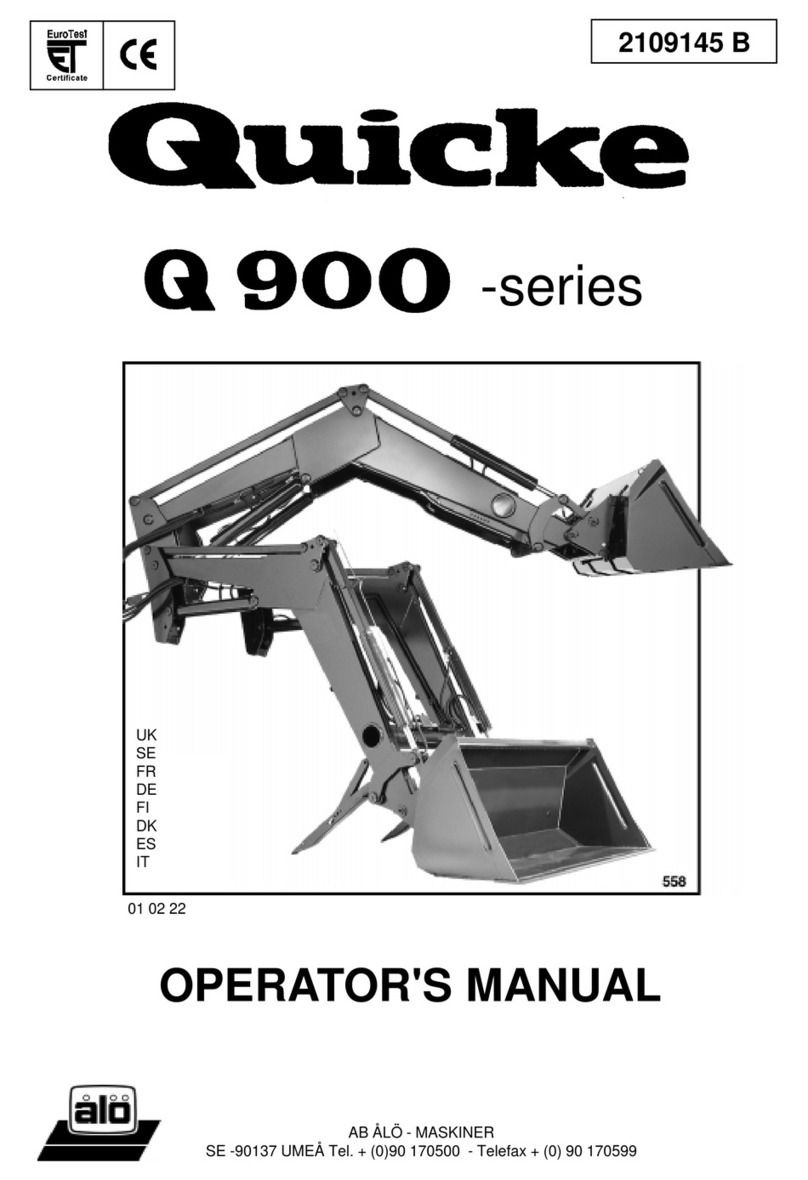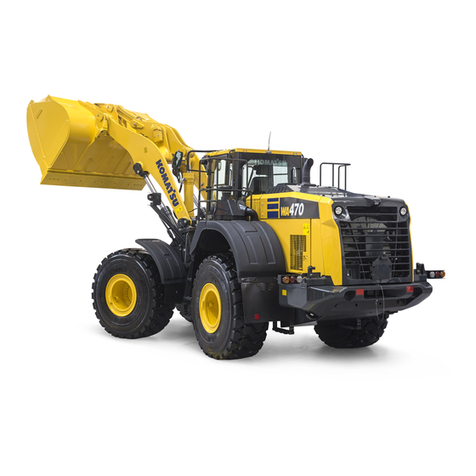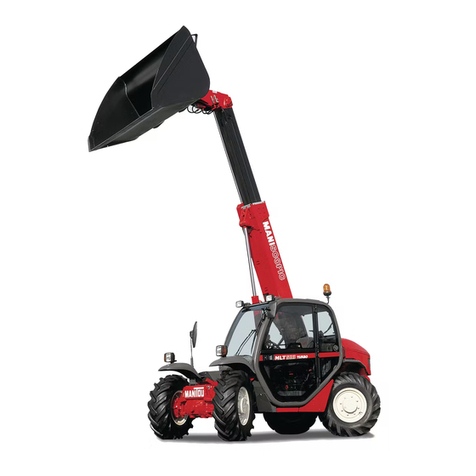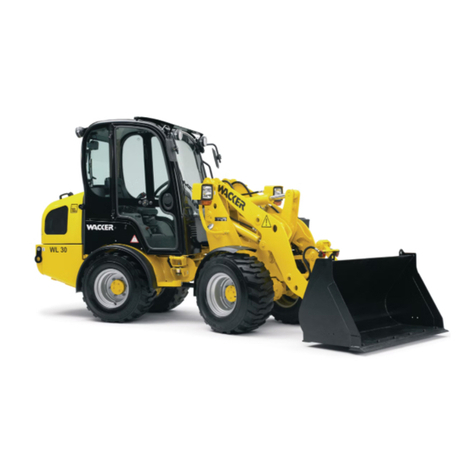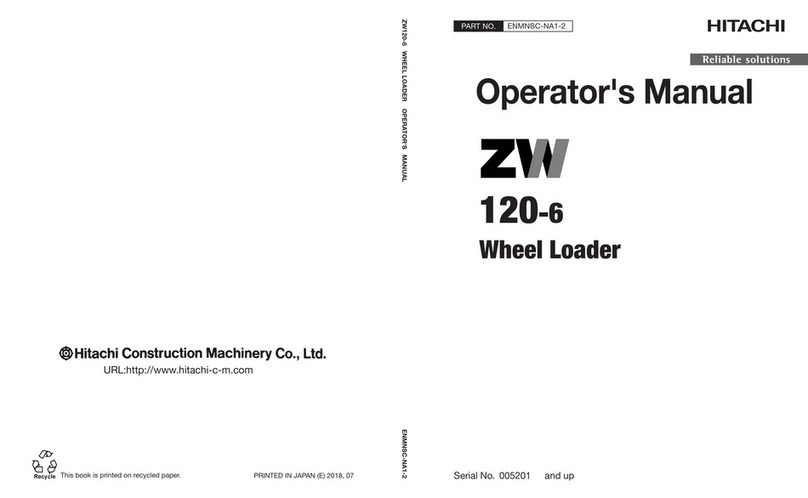
214809
1
TABLE OF CONTENTS
1. INTRODUCTION...................................... 2
1.1. General information.................................................... 2
1.2. Identification................................................................3
1.2.1. Model and serial number........................................3
1.3. Alignment reference....................................................4
2. DESCRIPTION......................................... 5
2.1. Definitions................................................................... 5
2.1.1. Position indicator....................................................5
2.1.2. Control valve.......................................................... 5
2.1.3. Tool carrier............................................................. 5
2.1.4. Hose kit...................................................................5
2.1.5. Loader with mechanical self-levelling....................5
2.1.6. Loader without mechanical self-levelling...............5
2.2. Tool carrier.................................................................. 5
3. SAFETY INSTRUCTIONS........................7
3.1. General information.................................................... 7
3.1.1. Guards.....................................................................7
3.1.2. Safety signs.............................................................7
3.2. Signal words................................................................7
3.3. Symbol explanation.....................................................8
3.3.1. Operator's manual...................................................9
3.4. Installing the loader.....................................................9
3.4.1. Joystick operation................................................... 9
3.5. Protection equipment.................................................10
3.5.1. Roll Over Protective Structure (ROPS)................10
3.5.2. Counterweight and tread width............................ 10
3.6. Before work...............................................................11
3.7. Operation................................................................... 11
3.7.1. Operator's position................................................11
3.7.2. Workplace............................................................. 12
3.7.3. Load stability........................................................ 14
3.7.4. Machine stability.................................................. 15
3.8. Risk factors during operation....................................16
3.8.1. During transport....................................................16
3.8.2. During service.......................................................17
3.8.3. Replacement parts.................................................17
3.9. Location of safety signs............................................ 18
4. INSTALLING THE LOADER..................19
4.1. Install the position indicator......................................20
4.2. Check list...................................................................20
5. OPERATION...........................................21
5.1. Tractor/Loader Stability............................................ 21
5.1.1. Determination of Ballast.......................................21
5.1.2. Minimum Tread Settings...................................... 21
5.1.3. Joystick operation................................................. 22
5.2. Connection and Operation Options...........................22
5.3. Disconnecting a loader..............................................22
5.4. Connecting a loader.................................................. 23
5.5. Loader Operation.......................................................25
5.5.1. Counterweight and tread width............................ 26
5.5.2. Checking attachment............................................ 26
5.5.3. Load stability........................................................ 27
5.5.3.1. Machine stability..............................................28
5.6. Operation with bale spike......................................... 29
5.7. Coupling and uncoupling implements.......................30
5.7.1. Uncoupling implements, Euro 8 Tool carrier....... 30
5.7.2. Coupling implements, Euro 8 Tool carrier........... 31
5.7.3. Uncoupling Implements, Skid Steer Tool
carrier.............................................................................. 33
5.7.4. Coupling Implements, Skid Steer Tool
carrier.............................................................................. 33
6. MAINTENANCE..................................... 35
6.1. Lubrication.................................................................35
6.2. Hydraulic system.......................................................35
6.2.1. Hoses and cylinders..............................................35
6.2.2. Repair/replacement of hydraulic components...... 36
6.2.2.1. Hydraulic cylinders..........................................36
6.2.2.2. Hydraulic hoses................................................36
6.3. Checking the loader and subframe hardware............ 36
6.3.1. Torque................................................................... 36
6.3.1.1. Table - Torque..................................................37
6.4. Storage....................................................................... 37
6.5. Transporting the loader............................................. 37
7. TROUBLESHOOTING........................... 38
8. SPECIFICATIONS.................................. 41
8.1. Weight of materials................................................... 42
